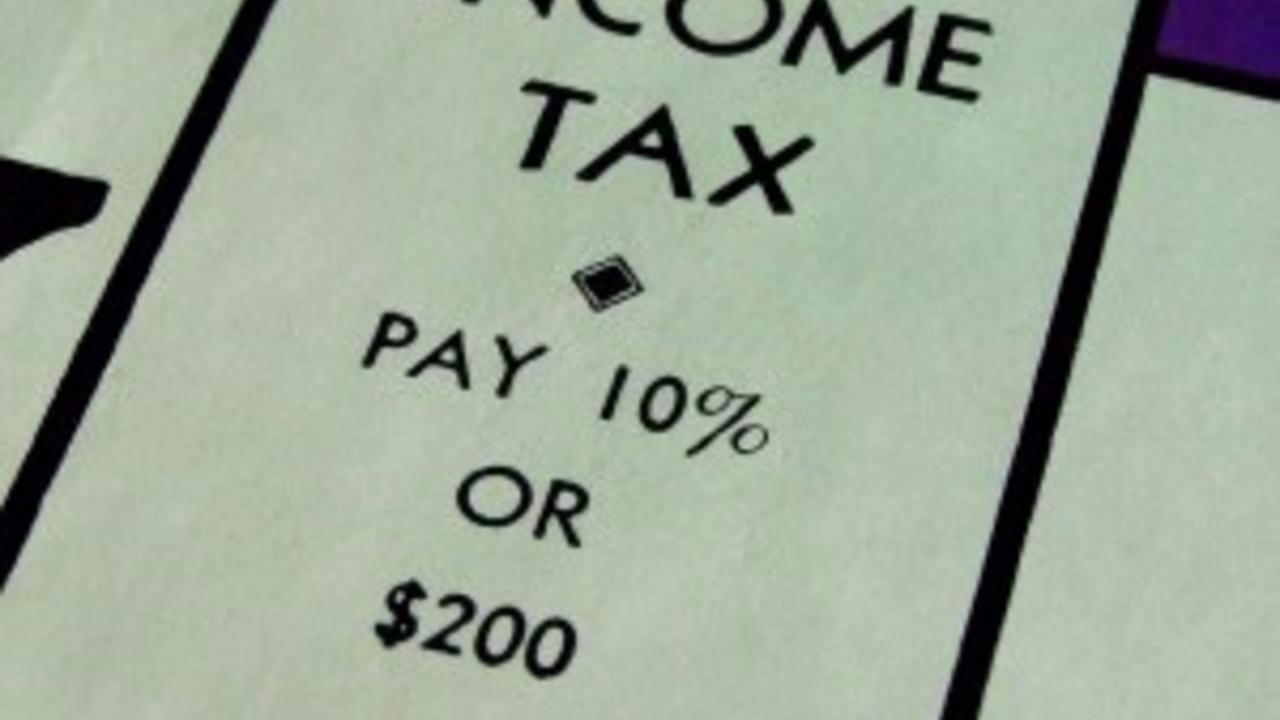72 Is the New 70½
Jan 25, 2020
by Glenn J. Downing, MBA, CFP®
All the rules for Required Minimum Distributions (RMDs) changed with the SECURE Act of 2019. In this piece I go through the changes.
Important Ages
There are two important ages in retirement financial planning: 59 1/2 and 72. The former marks the age when you can distribute from your retirement account – IRA or 401k – without paying a 10% penalty on the distribution. The IRS, with this penalty, gives us all a reason to keep our long term savings in place for its intended purpose – retirement income. (Actually, there are several other important ages. Look at them here.)
The second date is now age 72, and this is the age at which you must begin taking your RMDs from your retirement account. This is a change; the date used to be April 1st of the year after the year in which you turn 70 1/2. More specifically, if you were born anytime after July 1st of 1949, the new law DOES apply to you. Born any earlier, and you're still on the 70 1/2 schedule.
As the name suggests, this distribution is required, whether you want to distribute or not. If you don’t, there is a 50% tax penalty assessed against the amount that should have been distributed.
How Do I Calculate the RMD?
You use a factor from a table. Take the end of the year IRA balance, and divide it by the factor.
Age Divisor
72 25.69
73 24.79
74 23.89
The divisor is based upon your life expectancy. At age 72, for example, the IRS expects you to live another 27.4 years.
An Example
Say you have two traditional IRAs. One is with a bank, and the other is with a brokerage company. Each has an end-of year balance of $500,000, for a total of $1.0 million. You turn 72 in February of this year. How much do you distribute? $1,000,000 / 25.69, or $38,925.65. You can take this amount proportionally from each account, or take it all from one account – your choice. The IRS’s only concern is that the entire amount be distributed.
As you can see, each year the divisor goes down, which means the RMD goes up. An account can still grow, however, while RMDs are being distributed. Continuing with the previous example, let’s say you took that RMD on January 2nd, so your IRA balances would be $961,074. If you earned 6% during the ensuing year, your end of year balance would be $1,018,739. Next year’s RMD is calculated against this amount.
Why Does the IRS Mandate This?
From their point of view, they have “let” you invest with before-tax dollars, and have “let” your account grow without taxation. Note the air quotes. At 72 they require you to distribute and begin to expose those funds to taxation. Taxation occurs at ordinary income tax rates – not at the more favorable capital gains rates. There is your trade-off, then: deferral of taxation while you are in the accumulation phase (a plus) vs. higher taxation at ordinary income tax rates in the distribution phase (a minus).
Note: there is no required minimum distribution for a Roth IRA. This is one of the tremendous benefits of doing a Roth. For this reason alone many people consider a Roth Conversion.
What if I’m Still Working?
With the 2020 Act the prohibition on contributing to your traditional IRA past age 70 1/2 is repealed. So you can still work, still contribute, but you must take RMDs.
It works differently with your employer’s retirement plan, however. If you are a less than 5% owner of the business where you are employed, you can skip the RMDs until you do retire. Furthermore, you can continue to contribute to your retirement account there. If you are more than a 5% owner, though, you must take RMDs, but you are still able to defer your salary into the retirement plan and receive your employer’s match! In that case money is both coming into your account and going out in the same tax year.
You can Google RMD table and see the divisors for older ages.
Get in touch!
Check out Jonathan's piece on Roth IRAs. Questions? Feel free to get in touch with us at [email protected] Also follow us LinkedIn, Facebook, Instagram, and YouTube for more personal financial information relevant to you!
Stay connected with news and updates!
Sign up for our monthly newsletter for more personal finance and market insights.
We hate SPAM. We will never sell your information, for any reason.

